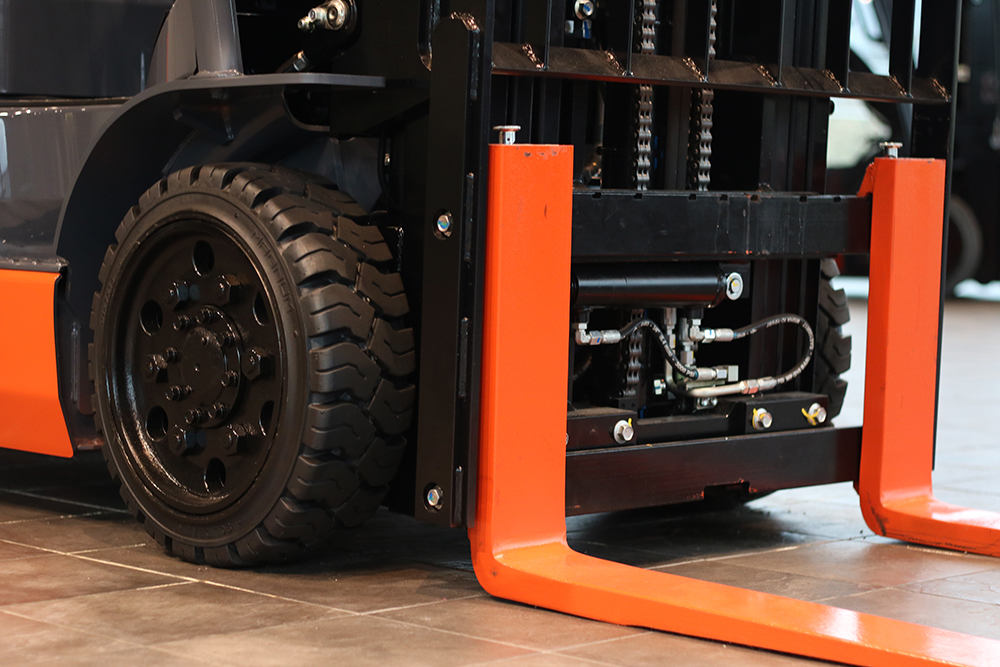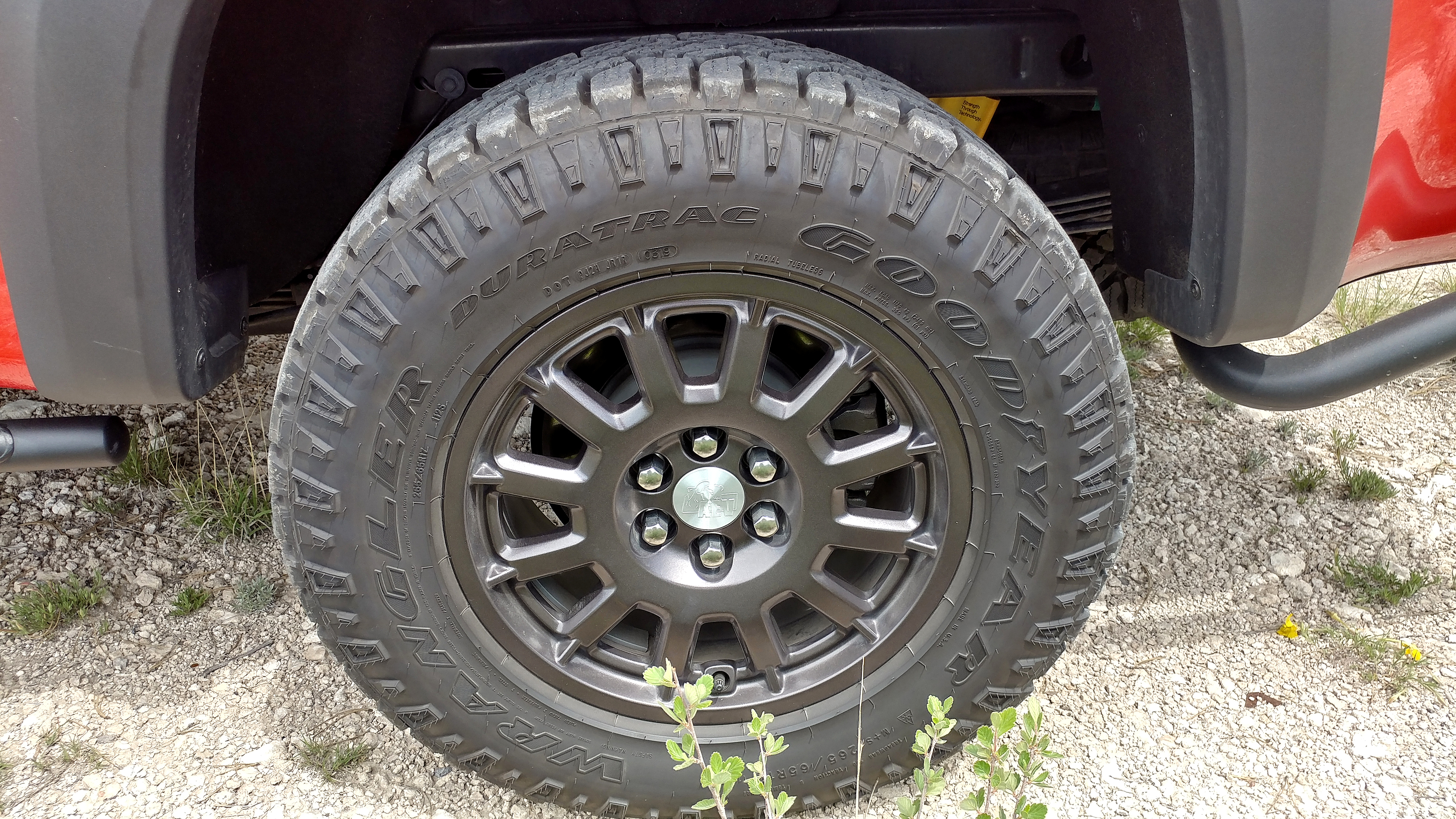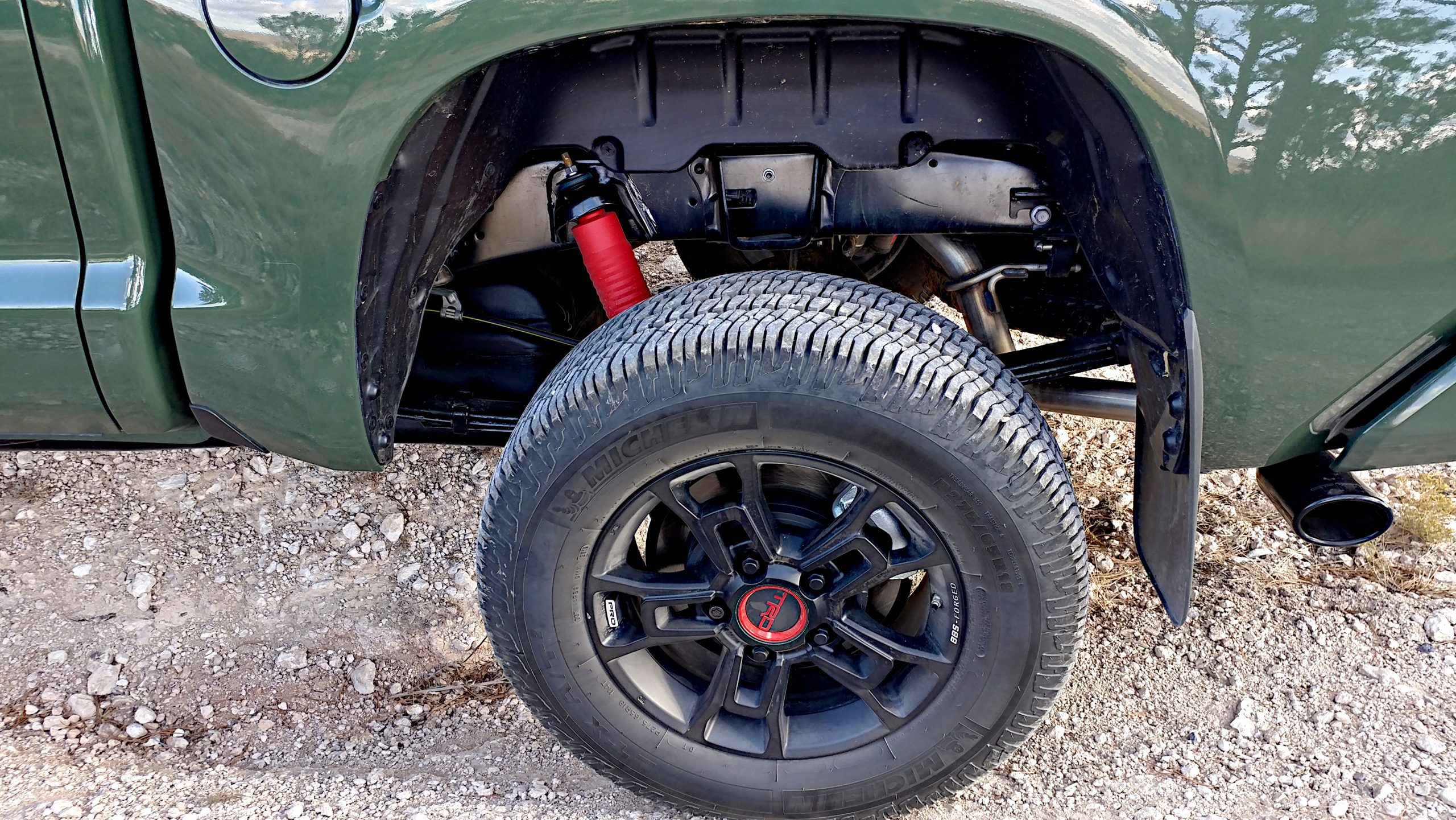The time has come. You’ve been driving on that old set of tires for so long that you can see the steel belt where the rubber has worn away. If you clip a rock, you’re going to slice a hole in the sidewall so wide you’d need an expert seamstress to sew it closed.
It’s time to get a new set of tires. Thanks to advances in modern technology, so many different options exist on the market that it can be impossible to know where to start. That’s where we come in. Read on for our Ultimate Guide to Tires to help you make the best decision for your car.
Choosing Tires by Season
The most significant criteria you’ll need to consider when you’re looking for a new set of tires is where you live and what season it is. Not all tires are created equal concerning temperature and the kind of traction they offer on wet, snowy or icy roads.
You might be asking yourself, “Why shouldn’t I just get all-season tires?” While it’s true that all-seasons can handle both warm and cold weather driving, they’re not the best of the best, either. They’re admittedly decent in a pinch. However, if you’re regularly driving on wet roads in the summer or icy roads in the winter, they’re not going to be the most suitable choice.
If you live in an area that doesn’t get a lot of cold weather, summer tires might be the smartest choice for you. They shed water, which helps them provide the ultimate traction on wet roads. They also get softer when the weather is hot so they can grip the road better.
Winter tires, on the other hand, have deep treads, which prevent snow and slush from building up and interfering with your traction. Their treads also have slits that help the tire grip the road even in slippery conditions.
Choosing Tires by Application
Climate and location aren’t the only things you need to consider when choosing tires. You also need to think about the kind of driving you’re going to do. Are you just going to be driving this car to and from work? Are you planning on taking it to the track, or maybe heading off-road for exploration?
Touring tires are useful if you need all-season traction and are only planning to use them on highways or streets during your usual commute. If you need higher speed ratings — for example, you’re going to spend a lot of time on the interstate — you might want to opt for performance wheels instead.
Track tires are softer and designed to grip the asphalt at high speeds. Don’t drive with these tires on regular highways unless you want to trash them. They may not be street legal, either, depending on your location.
If you’re heading off-road, opt for some all-terrain or mud-terrain tires. Both types provide you the ultimate traction. The only difference is that mud-terrain tires have deep treads with a lot of voids. These gaps give your wheels traction in areas with loose mud or sand.
Vehicle vs. Heavy Equipment Tires
The tires you choose for your car are going to be dramatically different from the ones you might select for any heavy equipment you own. This factor is true even if they look similar on the outside. For one, automobile tires are always going to be air-filled, except for very rare instances. With heavy equipment, you usually have three options depending on your budget and needs — air-filled, foam-filled and solid.
Each type offers different benefits, so it depends largely on what you require. For example, foam-filled or solid tires might be more beneficial on job sites where you’re liable to run over nails or other sharp objects. That’s because these wheels don’t deflate like air-filled tires do. You’ll have more stability, and you won’t need to replace your wheels as often.
Buy the Right Wheels for Your Ride
Don’t buy the first tire the salesperson offers the next time you head to the tire shop. Do your research and figure out which type will work best for you, based on your location and the kind of driving you’re planning to do.









